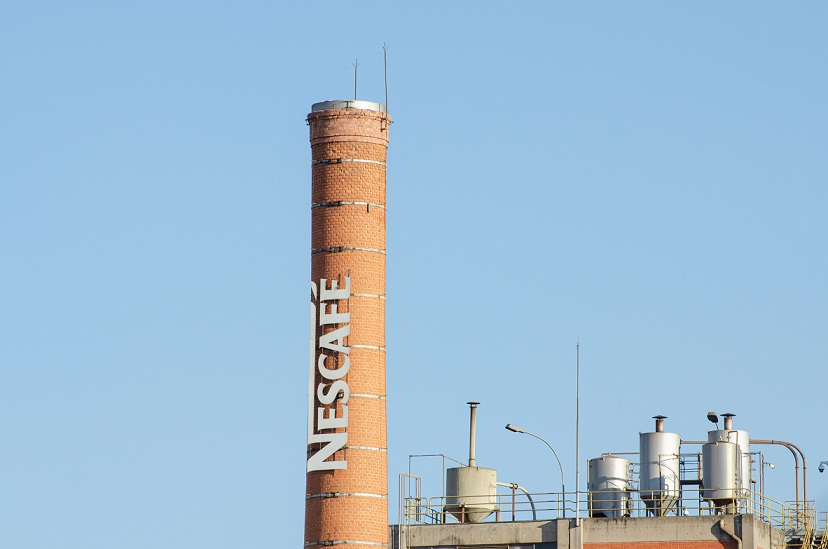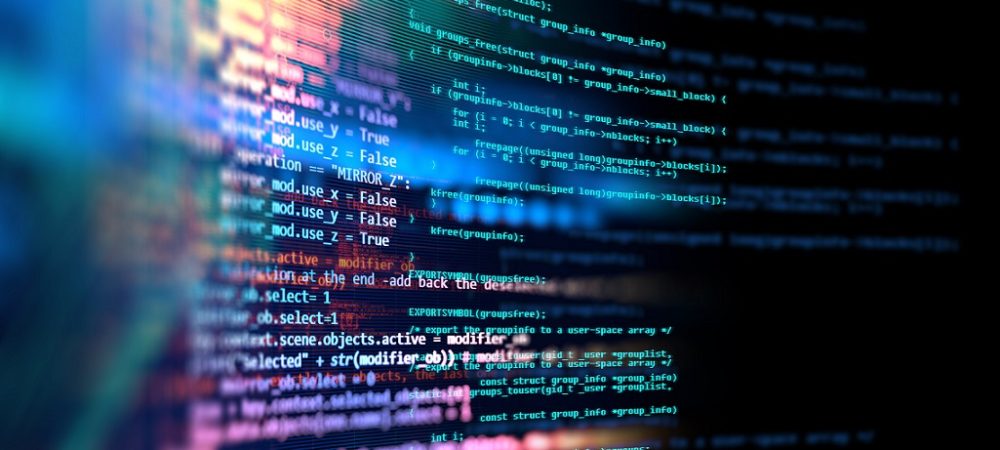EcoStruxure Asset Advisor allow power systems to be visible and remotely managed around the clock, delivering productivity, efficiency and maintenance benefits to Nestlé’s plant.
Nestlé, the largest food and beverage company in the world, pioneered the concept of soluble coffee – tiny, dark crystals that instantly transform a cup of hot water into a convenient, affordable, day-starting staple for people around the globe.
Sixty percent of Nestlé’s soluble coffee production comes from a single factory. At the Nestlé Nescafé plant in Toluca, Mexico, one million jars of coffee roll off the production lines every day.
One of the most popular products made here is Nescafé Clásico – “the coffee that all of Mexico drinks,” according to Luis Gilberto López Páez, Electrical Specialist at the plant.
“The factory works 365 days a year,” he continues. “Therefore, an unplanned stoppage impacts the reliability of the processes.”
This can affect what makes it to grocery shelves. With a plant as large as Nestlé Nescafé, ensuring reliability of all the electrical systems is a particularly involved task.
In 2013, Nestlé invested approximately US$125 million to expand this plant, increasing production by 40% and making it the largest soluble coffee facility in the world. At this scale, even modest gains to energy efficiency and service improvements translate to sizable cost savings.
Improving the reliability of the facility’s electrical equipment would deliver the productivity, efficiency and maintenance benefits Nestlé sought.
In 2017, engineers from Nestlé Nescafé and Schneider Electric began a pilot project to evaluate the plant’s Digital Transformation using EcoStruxure. This decision to enlist Schneider’s expertise was a natural one, as EcoStruxure solutions are already in place at the food and beverage conglomerate’s production facilities in France and Switzerland.

From pilot to plant
During this pilot phase, EcoStruxure Asset Advisor was implemented in certain sections of the factory to demonstrate the difference between connected and non-connected assets. Three transformers were fitted with PowerLogic Tag Series TH110 wireless temperature sensors, allowing them to communicate with the Asset Advisor service.
What took the project from a trial to full implementation was a single disruption in April 2020: a short circuit inside an unmonitored section of the main substation resulted in a 14-hour shutdown, costing Nestlé approximately US$588,000. Because this section wasn’t connected, engineers weren’t alerted that equipment was at risk. This was the catalyst in Nestlé’s decision to utilize Asset Advisor throughout its Nescafé plant.
Implementing Asset Advisor gave Nestlé real-time visibility into its electrical equipment, allowing engineers to remotely monitor assets. Prior to Asset Advisor, maintenance was reactive – Nestlé hired specialized service providers as needed. Today, through EcoStruxure, Nestlé has moved to predictive maintenance; connected services anticipate potential failure, which allows teams to resolve issues proactively to avoid downtime.
Service continuity is central to Nestlé’s production goal, but other variables influence the factory’s profitability, like maintenance and the total cost of ownership. To reduce maintenance costs, engineers need to identify the stressed areas in the electrical infrastructure to concentrate service efforts, thereby minimizing the amount of time technicians spend performing preventive maintenance across all assets.
“EcoStruxure Asset Advisor allows us to identify hot spots and attack them before they become a problem,” said Páez.
By relying on data analytics to dictate service intervals, the electrical teams at Nestlé Nescafé spend less time reacting to issues and the plant’s equipment spends more time performing optimally – helping Nestlé achieve its annual target of generating US$238 million in factory production. Páez elaborates: “In addition to avoiding unscheduled stoppages, EcoStruxure Asset Advisor allows us to go from annual to biannual maintenance, which is reflected in the productivity of the plant.”
In the first three years of EcoStruxure’s implementation, Schneider’s Connected Services Hub sent a dozen alerts to Nestlé about potential or imminent equipment issues. Because of these alerts, engineers were able to react and avoid three unplanned stoppages – disruptions that could cost US$52,000 per hour.
“EcoStruxure Asset Advisor allows me to visualize my electrical equipment from the comfort of my home. I can open it from my computer, I can open it from my cell phone. It’s a very practical tool.” Páez concludes: “Nestlé and Schneider Electric have been partners for many years. Schneider knows my needs, and I believe their products have a great place in our industry.”
We asked Páez further questions to find out more.
Can you explain the advantages brought to you by the increased visibility provided by the solution?
One of the advantages of remote visibility is it affords our engineers greater scope to solve technical faults ensuring our plant performs optimally.
Prior to remote visibility, the team’s maintenance works were purely reactive, and in these scenarios, we become privy to power problems when small issues developed into even bigger faults. This meant having to outsource specialized service providers as needed.
For example, in April 2020, we experienced a 14-hour shutdown that cost an approximate US$588,000.
The section in the plant where the outage occurred was not connected, and this meant that engineers weren’t alerted to the risk. Before engineers could address the core of the issue, which may have been a quick fix, the problem had escalated to a full outage.
This was a huge influence in our decision to partner with Schneider Electric to set up Asset Advisor throughout our Nescafé plant. Today, through a connected service like EcoStruxure, we now operate using predictive maintenance and are given the opportunity to anticipate potential failure that our teams can resolve proactively and avoid downtime.
What benefits are brought to you by the analytics supplied by the solution?
EcoStruxure provides automated data analytics of ongoing operations that flags technical faults of all sizes to our engineers. The typical role of an engineer combines both looking for and solving the problem and through EcoStruxure our engineers work is essentially halved. The problem is bought to them and then they can delegate the necessary time to fixing the fault.
Can you explain more about the benefits brought to you by the alerts supplied by Schneider’s Connected Services Hub?
Service continuity is central to our production goal of one million jars of coffee a day in the Toulca plant and in the first three years of EcoStruxure’s implementation, we saw dozens of alerts about potential or imminent equipment issues coming through.
These alerts empowered engineers to react quickly and avoid three unplanned stoppages, stoppages that would typically cost US$52,000 per hour.
To reduce maintenance costs, engineers need to identify the stressed areas in the electrical infrastructure thereby minimizing the amount of time technicians spend performing preventive maintenance across all assets. In addition to avoiding unscheduled stoppages, EcoStruxure Asset Advisor allows us to go from annual to biannual maintenance, which is reflected in the productivity of the plant.
Overall, the solution has improved service continuity and asset health.
What are the benefits of being able to visualize your electrical equipment from your phone?
Conveniently, I am now able to visualize the electrical equipment from the comfort of home through mobile and laptop. It is a very practical tool that gives us an almost omniscient perspective of the electrical infrastructure in our Toluca Mexico plant.
We have a huge operation which goes on and we can’t afford for downtime or shortages to interrupt our Business Continuity. Therefore, having access to a visualization of the intricacies of our plant give us the capability to anticipate potential failure, which allows teams to resolve issues proactively and ultimately avoid downtime.
Click below to share this article

